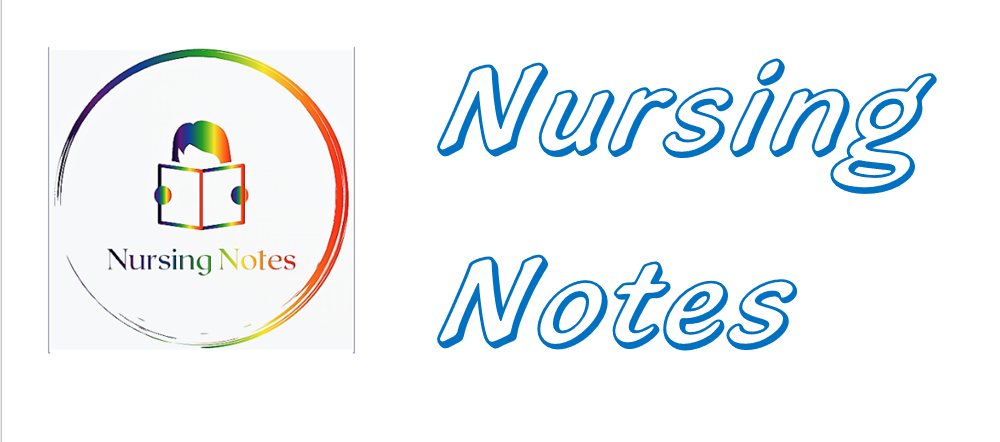Teaching and Learning: Principles and Practices / TLPP
Are you looking for the nursing notes or slides of TLPP of semester 5 of Generic BS Nursing?
Then you are at the right place. Here you will find all the lectures and slides related with the TLPP.
Course Description:
This course is of 2 credit hours. It introduces the basic concepts of adult learning in order to better understand one’s individual learning process and strategies to facilitate the learning of others in various health care settings. An underlying premise is that learning is a life-long process. Theory will be linked with practical teaching and learning principles. Learning will mainly occur through activities and participation in class.
Course Objectives:
On completion of this course, learners will be able to:
- Analyze various adult learning theories and the characteristics of adult learners.
- Describe the complexity of conditions that impact on learning.
- Critically reflect on one’s own learning.
- Utilize appropriate health teaching strategies for diverse settings.
- Plan patient and family education session by utilizing the steps of patient education.
Teaching/Learning Strategies
Short lectures, discussions, small group work, individual assessment activities, readings, presentations.
Evaluation Criteria:
Reflection writing 30%
Educational Journey 30%
Teaching plan (group) 40%
- Teaching learning strategies and materials 10%
- Teaching presentation 20%
- Teaching portfolio 10%
TLPP Outline.
The followings are the objectives of Teaching and Learning: Principles and Practices. You can also see just the slides of TLPP and download by Clicking Here.
Unit I: Reflective Writing and Critical Thinking
In this unit the you will be able to learn the following things.
- Develop an understanding of the reflective learning
- Process of journal writing
- Critical thinking.
Unit II: Stages in Learning, Physical Environment and Well Being
In this unit the learner will develop an understanding of the:
- Developmental stages and learning, experiential learning
- Impact of state of physical health on learning
- Emotional aspect including stress
- Physical environment conducive to learning in addition wellbeing and learning including behavioral, cognitive, humanistic and dialectical (interactive) learning theories.
Unit III: Learning Cycle, Models and Learning Styles
- Examination of the learning cycles
- Models of Kolb and Taylor and how they impact on learning
- Types of Learning/styles
- Problems-solving and the learning cycle.
Unit IV: Learning Theories and Characteristics of Adult Learners
- Characteristics of Adult Learners: psychological, past experience, time perspectives, the self, and self-direction
- Factors that influence learning
- Cognitive and affective aspects and learning theories
Unit V: Health Education/Health Promotion
The learners would be able to understand a planning process for teaching in diverse health care settings.
- Discuss the basic goals of health education, and factors influencing on health education.
- Utilize the health belief model and health promotion model and relate to cognitive and behaviorist theories.
- Discuss the steps in developing the health education programme.
- Utilize effectively a variety of teaching aids and creative application of teaching strategies
- Plan patient and family education session
Unit VI: NEEDS ASSESSMENT
- Develop a framework to assess the learning needs, health problems, of a target group.
- Analyze the problems according to the priority.
Unit VII: Writing Objectives
This unit will cover objectives related to writing.
Unit VIII: LESSON PLANNING.
Develop a lesson plan on a selected topic which would include steps in preparing learning objectives, criteria for measuring outcome of objectives, developing appropriate content, selecting teaching methods, target dates of achievement of objectives and how the objective would be evaluated.
1. Teaching strategies
Teaching strategies and teaching technologies. e.g. lectures, role-play, journals, brainstorming, demonstrations, self-learning, clinical areas, labs, field trips. Small group learning, co-operative learning and techniques to increase your participation
2. Preparing teaching materials and using teaching aids
You will be involved in the process of preparing teaching materials at low cost. And will also be familiarized with the use of different teaching aids knowing the advantage and disadvantage of use. Utilizing effectively a variety of teaching aids and creative application to teaching.
3. Evaluation of lesson planning
You will be able to evaluate the above mention strategies.
Unit IX: Assessment of Learner and Learning
this unit will cover all the related terms and objectives related with the assessment of learner as well as that of the learning process.
References:
- Basavanthappa, B. T. (2003). Nursing education New Delhi: Jaypee Medical publication.
- Billings, M. D., & Halstead, A. J. (1998). Teaching in nursing. A guide for faculty St. Louis: W. B. Saunders.
- Brookfield, S. (1990). The skillful teacher. San Francisco (San francisco: C A: Jossey Bass.
- DeYoung, S. (2003). Promoting and assessing critical thinking In. Teaching strategies for nurse educators217-257. New Jersey: Prentice Hall.
- De Young, S. (2003). Teaching strategies for nurse educators New Jersey: Prentice Hall.
- Ooijen, V. E. (2000). Clinical supervision: A practical guide. (St. Louis: Churchill Living Stone.



2 Comments
Can't get notes for teaching and learning please guide.
ReplyDeleteCheck it now.
Delete